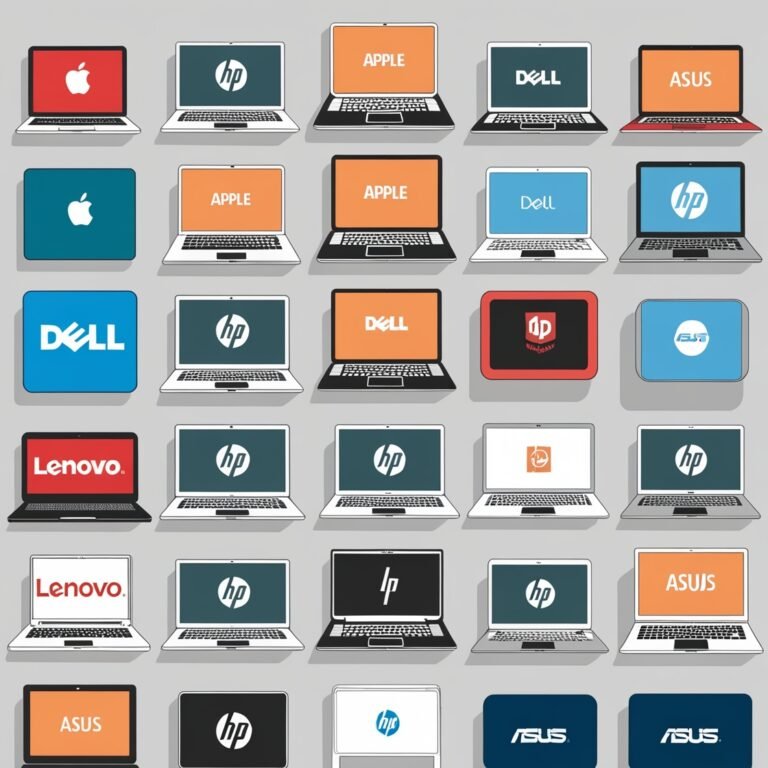WiFi has become an essential part of modern life, enabling seamless internet access in homes, offices, cafes, and public spaces. The convenience of wireless connectivity has transformed the way we work, learn, and communicate. However, like any technology, WiFi comes with both advantages and limitations. While it offers mobility, cost savings, and easy setup, concerns like security risks, interference, and speed constraints cannot be ignored. This blog will explore the key benefits and drawbacks of WiFi, helping you decide if it’s the right solution for your needs.

Advantages of WiFi
1. Mobility and Flexibility
One of the biggest advantages of WiFi is its ability to provide internet access without physical cables. Whether you’re at home, in a café, or working remotely, WiFi allows you to connect multiple devices, including laptops, smartphones, and tablets, from anywhere within the network’s range. This flexibility makes it ideal for businesses, students, and remote workers who need uninterrupted access to online resources.
2. Cost-Effectiveness
WiFi is often more affordable to set up and maintain than wired networks. Traditional wired connections require extensive cabling and infrastructure, which can be costly and complex. With WiFi, businesses and households can avoid these expenses while enjoying reliable internet access. Additionally, public WiFi hotspots provide free or low-cost connectivity, reducing mobile data costs for users.
3. Easy Installation and Scalability
Setting up a WiFi network is straightforward and requires minimal hardware. Unlike wired networks, which involve drilling walls and routing cables, WiFi routers can be installed quickly, making the process hassle-free. Expanding coverage is also simple—additional access points or range extenders can be added to increase network reach, making it a scalable solution for growing businesses and smart homes.

4. Support for Multiple Devices
Modern WiFi networks can handle multiple connected devices simultaneously. Whether in a home, office, or classroom, a single router can provide internet access to dozens of devices, including smartphones, smart TVs, gaming consoles, and IoT gadgets. This capability is essential for collaborative work environments and modern households with multiple users.
5. Enhanced Productivity
WiFi plays a crucial role in improving productivity, particularly in remote work and education. Employees can attend virtual meetings, access cloud-based tools, and collaborate in real-time without being tethered to a specific location. Similarly, students can engage in online learning, access digital resources, and complete assignments efficiently.
6. Public Accessibility
WiFi has made internet access more inclusive by enabling connectivity in public spaces such as airports, libraries, coffee shops, and shopping malls. These hotspots provide convenience to travelers, students, and professionals who need online access on the go. In many cases, public WiFi is free or available at a low cost, ensuring greater digital inclusion.

Disadvantages of WiFi
1. Security Vulnerabilities
WiFi networks are more susceptible to security threats compared to wired connections. Cybercriminals can intercept data, launch man-in-the-middle attacks, or exploit weak passwords to gain unauthorized access. While encryption protocols like WPA3 improve security, risks still exist if networks are not properly secured.
2. Reliability and Interference
WiFi signals can be affected by physical obstacles such as walls, furniture, and electronic devices. Interference from microwaves, Bluetooth gadgets, or neighboring WiFi networks can degrade performance. Unlike wired networks, which offer stable connectivity, WiFi connections may experience fluctuations in speed and reliability.
3. Speed Limitations
Despite advancements like WiFi 6, wireless speeds still lag behind wired Ethernet connections. High-bandwidth activities such as gaming, video editing, and large file transfers often perform better on wired networks, which offer faster speeds and lower latency. Users relying solely on WiFi may experience buffering or delays, particularly on congested networks.
4. Overuse in Public Spaces
In cafes, restaurants, and shared workspaces, free WiFi can attract customers who stay for long periods without making significant purchases. This can impact business turnover and limit seating availability for other patrons. Some venues have started enforcing time limits on WiFi usage to prevent misuse.
5. Power Dependency
WiFi networks rely on routers and access points, which require continuous power. In the event of a power outage, internet access is completely lost unless backup solutions like battery-powered routers or mobile hotspots are available. This makes wired networks more reliable in scenarios where consistent connectivity is critical.

Conclusion
WiFi offers undeniable benefits, including mobility, cost savings, and ease of use. However, it also comes with drawbacks such as security risks, interference, and speed limitations. For businesses and individuals, the choice between WiFi and wired networks depends on their specific needs. In environments where stability and security are paramount, wired connections may be the better option. Meanwhile, for those prioritizing flexibility and convenience, WiFi remains an invaluable tool. A hybrid approach—combining both wired and wireless connections—can provide the best balance of performance and reliability.
Frequently Asked Questions (FAQs)
1. Is WiFi faster than a wired connection?
Not always. While WiFi 6 offers impressive speeds, wired Ethernet connections typically provide faster, more stable internet, especially for high-bandwidth activities like gaming and video editing.
2. How can I improve my WiFi speed?
To boost WiFi speed, place your router in a central location, minimize interference from other devices, upgrade to a dual-band or WiFi 6 router, and use range extenders for better coverage.
3. Is public WiFi safe to use?
Public WiFi can be risky due to potential security threats. To stay safe, use a VPN, avoid entering sensitive information, and connect only to secured networks.
4. How many devices can a WiFi network handle?
The number of devices a WiFi router can handle depends on its specifications. Basic routers support around 20 devices, while high-end models can manage 50 or more simultaneously.
5. What is the best alternative to WiFi?
For stable, high-speed connections, wired Ethernet is the best alternative. Other options include mobile data (4G/5G) and emerging technologies like Li-Fi for ultra-fast, short-range wireless communication.



